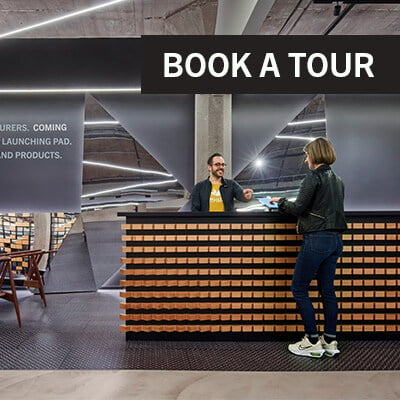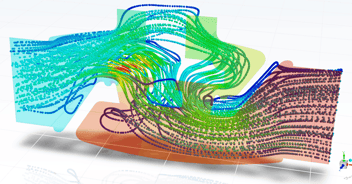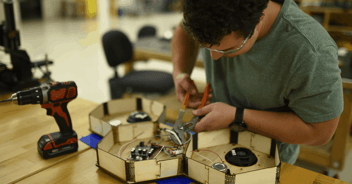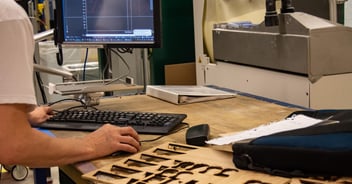The time is now for hardtech to dominate innovation and move companies developing hardtech to the top of the food chain in terms of influence, growth and disruption.
Think Tesla, Apple, Peloton and SpaceX – all creating unique hardware products that are changing the landscape of realities much in the same way digital disruption has over the past few decades.
Hardtech is the application of engineering and science involving the combination of hardware and software to solve a problem for a particular industry. Truly innovative hardtech creates new platforms on which companies can deliver value and service to customers while creating massive barriers for others to compete.
Why is hardtech product development so challenging?
There are a couple of reasons why hardtech is challenging. As opposed to soft tech, you cannot launch with a half-baked MVP where the strategy is to keep adding features until you find product market fit. With hardtech this effort must be completed before product launch because many of the features and solutions require a physical component to be manufactured. Some minor features and performance improvements can be made with over the air updates, but the majority of functionality and capabilities must be established at the start. It’s important to test and refine the product during the development cycle to ensure that the technology feature sets solve the customer problem and the benefits drive the customer to pay for the solution.
Developing hardtech products require full stack teams with large breadth of knowledge in science and engineering that spans across several disciplines. Skillsets might include electrical engineers, embedded systems developers, mechanical engineers, industrial designers, material or chemical scientists, UI/UX and frontend and backend developers. It takes a very talented CTO or CIO with a broad knowledgebase in a variety of subject matters to define a strategy and manage a team.
Advantages of hardtech
Many of these challenges and perceived barriers create advantages in the hardtech space. Unlike soft tech, where apps or features can be cloned, hardtech is very protectable and enforceable with patents. Intellectual property can secure 20 years of protection and the sole right to use that technology. It creates an exclusive space to operate and a monopoly on the technology. This IP system was created to reward those that invest in the upfront research development time and capital to produce the technology. But even without IP, it can take years for a competitor to catch up. Let’s look at Tesla for example. Their competitors are many years behind electrical vehicle space which is enough of an advantage to make you worth more than all the other competitors combined. Tesla will continue to stay ahead of the competition because they have more vehicles on the road collecting more data when it comes to their next innovations such as autonomous driving, and battery storage technology.
There is less guesswork and unknowns in hardtech business and financial models. It is not like in soft tech where the model is to shoot for growth and figure out how to monetize later when the audience (if you’re lucky to maintain one) is understood. For hardtech on the cost side, the bill of materials (BOM) and the capital costs to create the product are typical known before the dollars are spent. On the revenue side, there are usually two opportunities: the first being the upfront fixed price for the hardware, which is usually a multiple of the BOM, and the second is a monthly revenue model for the service/date that the hardware provides.
There is perceived value when you unbox something and can hold on to it and interact with it. When customers buy into the product, they are caught in that ecosystem and they tend to maintain their monthly subscriptions. Hardtech products are sticky. They make you jealous when you don’t have them. And they build strong brands.
How to develop hardtech
mHUB is the world’s largest hardtech development center. Since 2017, the organization’s hardtech companies have raised over $1.89B, generated $1.57B in revenue and secured 533 patents. mHUB provides a playground for hardtech startups to develop their innovations. With $6M of prototyping equipment in the facility’s machine shops and prototyping lab space, mHUB provides resources along with a rich environment of education and mentorship. The true secret is diversity of knowledge within the community, made up of more than 650 members and alumni. There is always an expert in the room who has some tacit knowledge of the particular problem a team is trying to solve. It’s that 'knowhow' that reduces development time. It’s that access to equipment that reduces capital development costs and that education and mentorship that fills knowledge gaps to enable hardtech startups to launch sustainable businesses.
If you need this type of agile team to help solve your own problems as a manufacturer or company, you can tap into the mHUB community to contract a team for your specific need. Complete the form below to start a dialogue with mHUB’s contract research and development services team.





